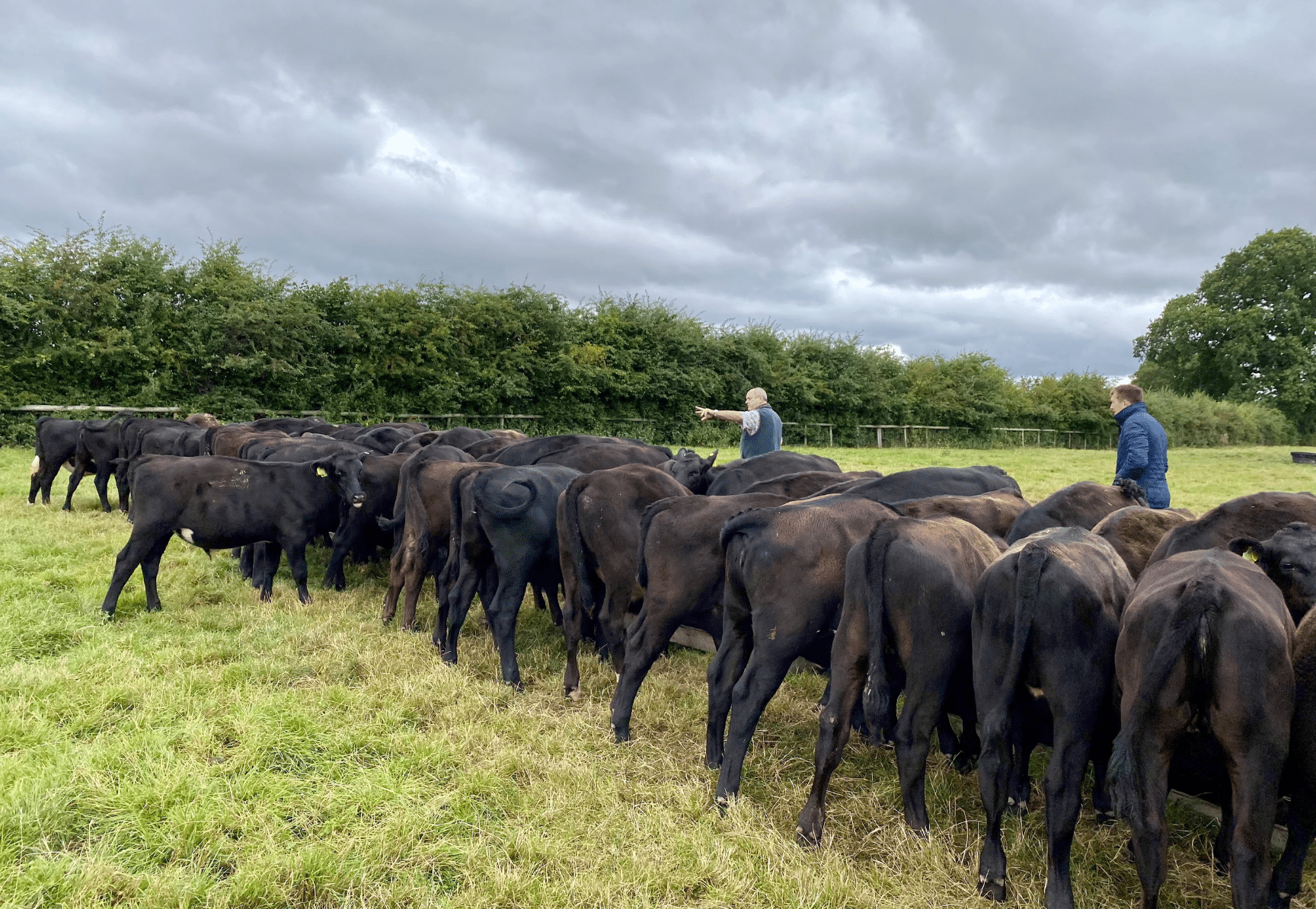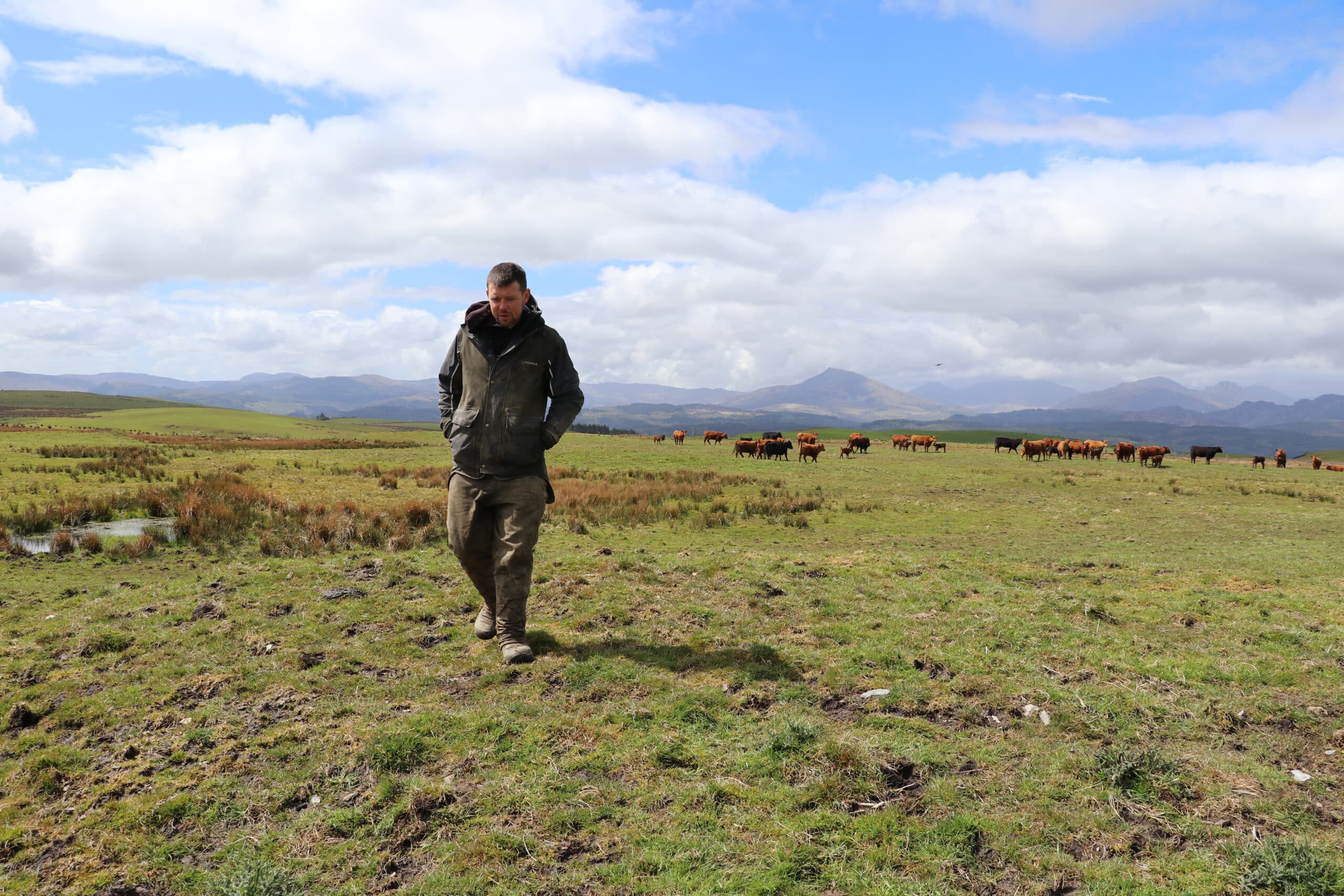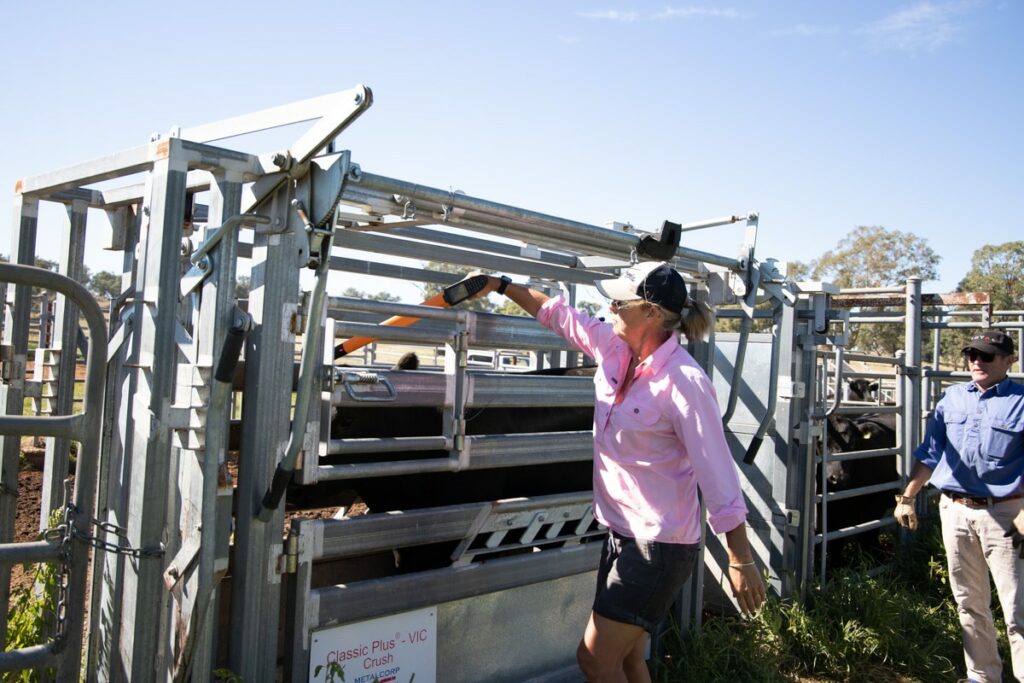Unlocking livestock potential – why nutrition is the cornerstone of farm success

When it comes to raising healthy, productive, and profitable livestock, one factor stands above the rest: livestock nutrition. Getting animal nutrition right can be the difference between animals that merely survive and those that truly thrive. Let’s break it down into why nutrition matters and how it can drive better results for your farm.
Why nutrition matters for livestock performance
Proper livestock feed management doesn’t just help animals grow—it impacts everything from fertility, disease resistance, to overall efficiency. The nutrients your livestock consume influence:
- Growth: Like humans trying to grow muscle, it is important for growing livestock to be getting more energy than needed for maintenance. For example, for a 300kg animal gaining 1kg/day they need 76 mj/day compared to the 35mj/day needed to maintain that body weight.
- Fertility: For improved fertility, animals should be on a rising plane of nutrition. This increases the likelihood of successful joining, carrying offspring to term, and weaning healthy, productive young. Body condition score (BCS) is closely linked to reproductive success, so managing nutrition carefully through breeding cycles is key. For example ewes should be on pastures of around 1500-2000 kg/DM during lactation.
- Disease Resistance: Well-fed animals with balanced diets are better equipped to fend off disease and stress. For example, in an early weaning program where disease resistance is critical, you might choose high-fiber livestock feed like hay or roughage over high-energy feeds like grain.
Choosing the right feed for your goals
The type of livestock feed you choose should align with your production goals:
- Weight Gain: If rapid growth is the target, grain-based cattle feed provides the energy boost cattle need to pack on weight.
- Early Weaning: In scenarios where health is a priority, such as early calf weaning, feeds like hay or silage offer essential roughage while supporting digestive health and avoids common diseases like grain acidosis.
Regardless of your goals, balance is crucial. Supplementary feeding for livestock should always meet livestock requirements for energy, protein, minerals, and fiber to ensure steady, sustainable progress.
Managing drought feeding: know when to feed, agist, or sell
In times of drought, feeding decisions become even more critical. Drought feeding cattle can help maintain stock, but it’s essential to weigh the costs against the returns.
Using a livestock ration calculator like the NSW DPI Drought & Supp Feed calculator ensures your animals receive a balanced diet that meets energy, protein, and mineral needs, even in tough conditions. But feeding comes at a price — and tracking those costs is key.
With AgriWebb’s Feed Planner, you can monitor your livestock feeding costs and compare them against alternative options like agistment or selling stock. This data-driven approach helps you decide whether continuing to feed makes financial sense or if it’s better to reduce your herd size and protect your bottom line.
Smarter nutrition, stronger results
By tailoring livestock nutrition management strategies to your animals’ life stage, seasonal challenges, and production goals, you can unlock higher productivity, improved health, and better reproductive success. Whether it’s adjusting feed during drought or boosting nutrition for breeding, thoughtful management pays off.
And the best part? You don’t have to figure it out alone.
Boost productivity with smarter livestock nutrition management. Try AgriWebb today!
With tools that help you track body condition scores, manage feeding programs, and optimise herd health, AgriWebb makes it easier than ever to make informed decisions that pay off — in every season.



